Posts Tagged: UC Davis research
Bumble Bees: Feeling Impact of Climate Change
We remember the reaction of Robbin Thorp (1933-2019), UC Davis distinguished emeritus professor of entomology and an international...
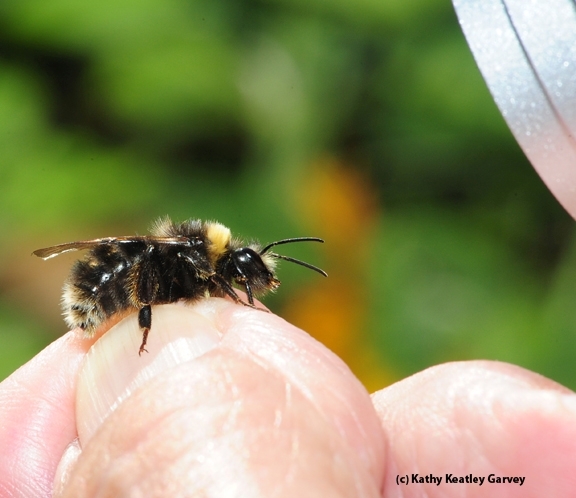
UC Davis research shows that rising temperatures are particularly alarming to some bumble bee species, including the Western bumble bee, Bombus occidentalis. This one was located on Aug. 15, 2012 in the Mt. Shasta area. (Photo by Kathy Keatley Garvey)
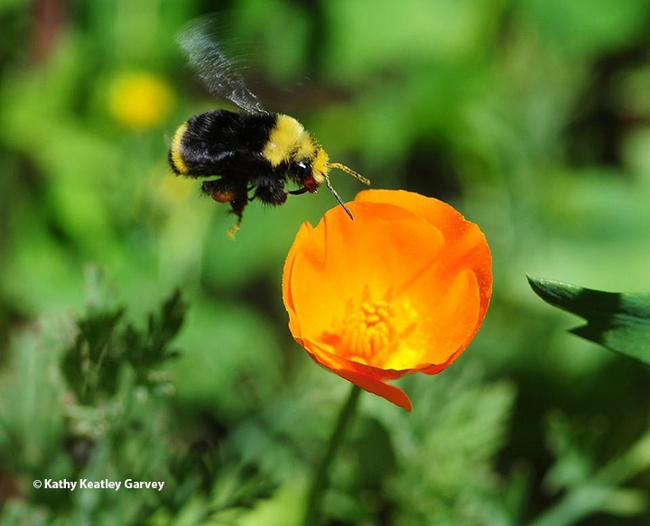
UC Davis researchers found that one of "the winners" in their climate change study is the yellow-faced bumble bee, Bombus vosnesenskii, shown here heading for a California golden poppy. (Photo by Kathy Keatley Garvey)
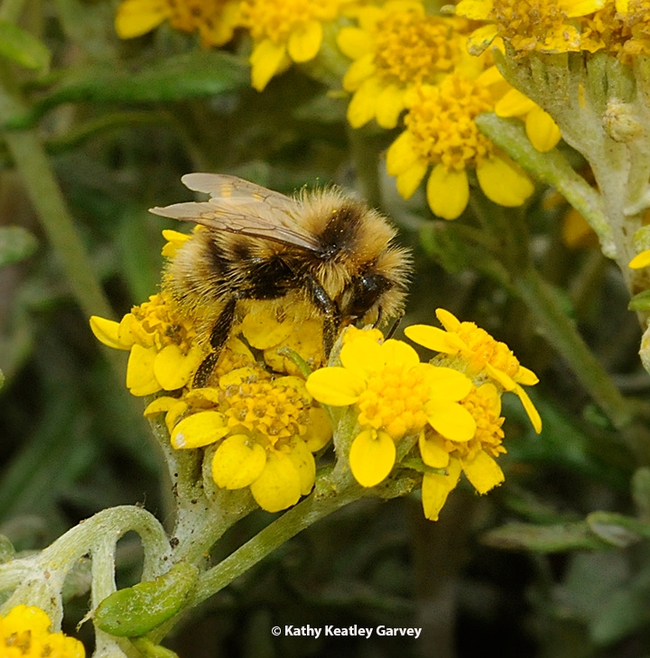
A male bumble bee, Bombus bifarius, nectaring on coastal goldfield, Lasthenia minor, at Bodega Bay. A UC Davis study shows that the rising temperatures are particularly alarming to a number of species, including this one. (Photo by Kathy Keatley Garvey)
How the UC Davis Research Scholars Program in Insect Biology Shines
When you access the UC Davis Research Scholars Program in Insect Biology website, the first thing you notice is "Welcome!" A warm...
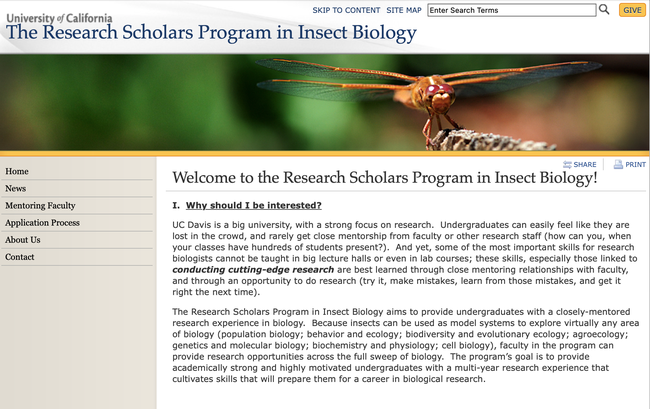
A screen shot of the UC Davis Research Scholars Program in Insect Biology website.
Meet a UC Davis Student Who Is Researching the Cold-Adapted Parnassian Butterflies
Move over, monarchs butterflies. The cold-adapted Parnassian butterflies don't get nearly as much attention as the iconic monarchs that migrate to...
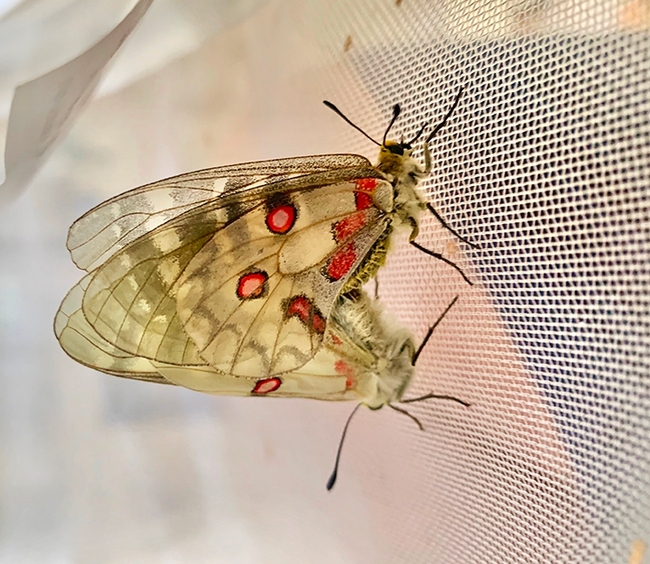
A mating pair of Parnassius clodius, known as cold-adapted butterflies. (Photo by Gary Ge)
Gwen Erdosh: Entomology Ambassador Extraordinaire
If you're not big on bugs, you will be--or should be--after seeing UC Davis entomologist Gwen Erdosh's recent interview with reporter Ashley...
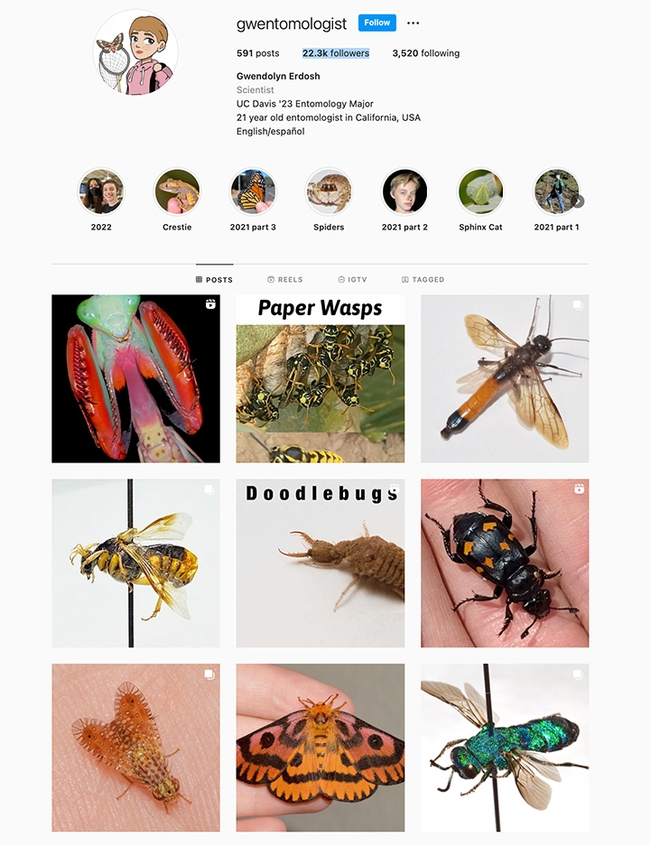
Gwen Erdosh's Instagram account; more than 22,000 fans follower her.
What Native California Plants Are Best for Attracting Pollinators?
What native California plants are best for attracting pollinators? That's a question often asked. Now for answers. Three pollination ecologists...
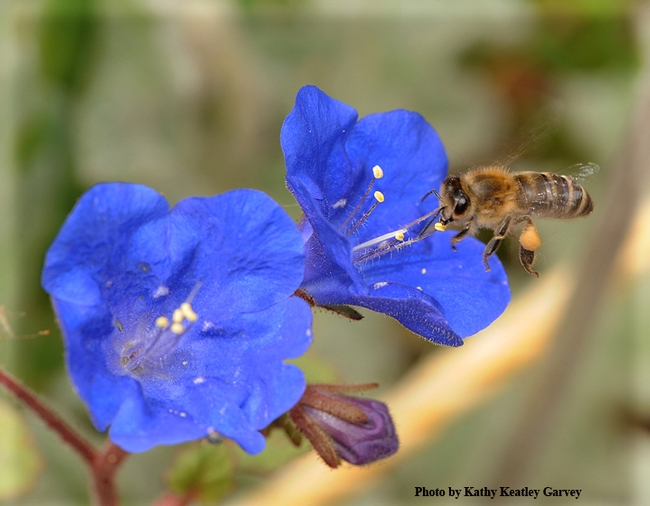
Phacelia campanularia was one of the 43 plants tested in the UC Davis research garden. Here a honey bee sips nectar from a blossom. (Photo by Kathy Keatley Garvey)
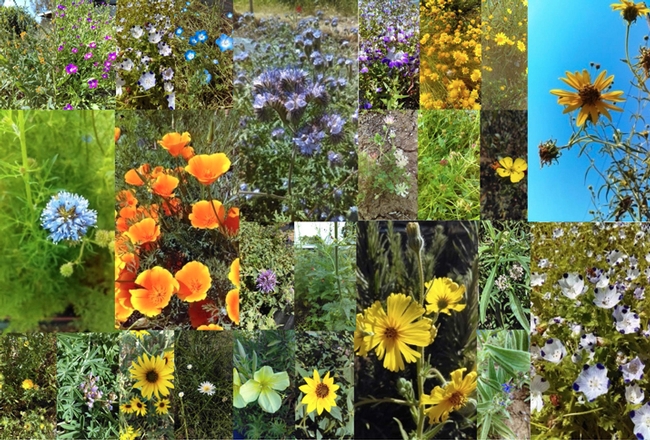
These are some of the 43 plants tested in the UC Davis research garden. This is an illustration from the research paper. (Photos by Ola Lundin)

